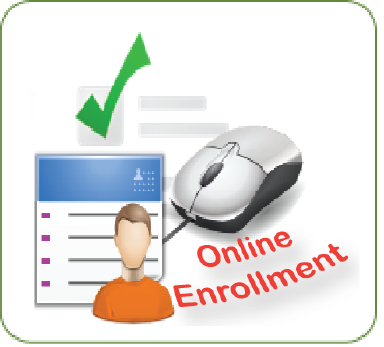A recent poll showed that 1 in 4 parents are considering switching their child(ren) from a traditional large public school environment to a Catholic school. Many parents feel that smaller schools have a clear academic focus and vision for high quality successful learning, while in a public school, children can easily get lost in the large, impersonal system.
With this change in mindset from parents, comes an increase in student applications for small schools. Unlike the public school system that is required by law to accept all children, Catholic schools typically have an admission and acceptance process. Traditional procedures for handling applications and enrollment can be one of the most burdensome, costly, outdated and environmentally wasteful processes. For that reason, many schools and districts are turning to online registration. Online registration has proven to be extremely valuable, saving time and money, especially for Catholic schools.
Many small schools believe that online registration is just too costly, however, K-12 Online is the first company to offer affordable online solutions that cater to small schools. Although the web-based application is designed for schools large and small, public and private, the product offers a solution for those districts and schools that otherwise would not be able to afford it.
Catholic schools are drawn to K-12 Online, not only for its affordability, but also for its assistance in increasing school donations. Most Catholic schools rely heavily on fundraising in order to provide their teachers and students with the best learning environment possible. Therefore, a registration system that incorporates fundraising can prove valuable, help make money for the school, and in many cases, even pay for itself. K-12 Online offers several options for donations to be collected through the school web store or by linking a “Donate Now??? button from the school’s website. Schools that have used K-12 Online as a method of collecting donations have seen an increase in overall donations by 30%!
K-12 Online offers a complete online student registration software application that transforms the student application & enrollment process by eliminating expensive paper-based methods. They even offer payment plan options to small schools, making it an AFFORDABLE option to helping schools save money, time and resources!



